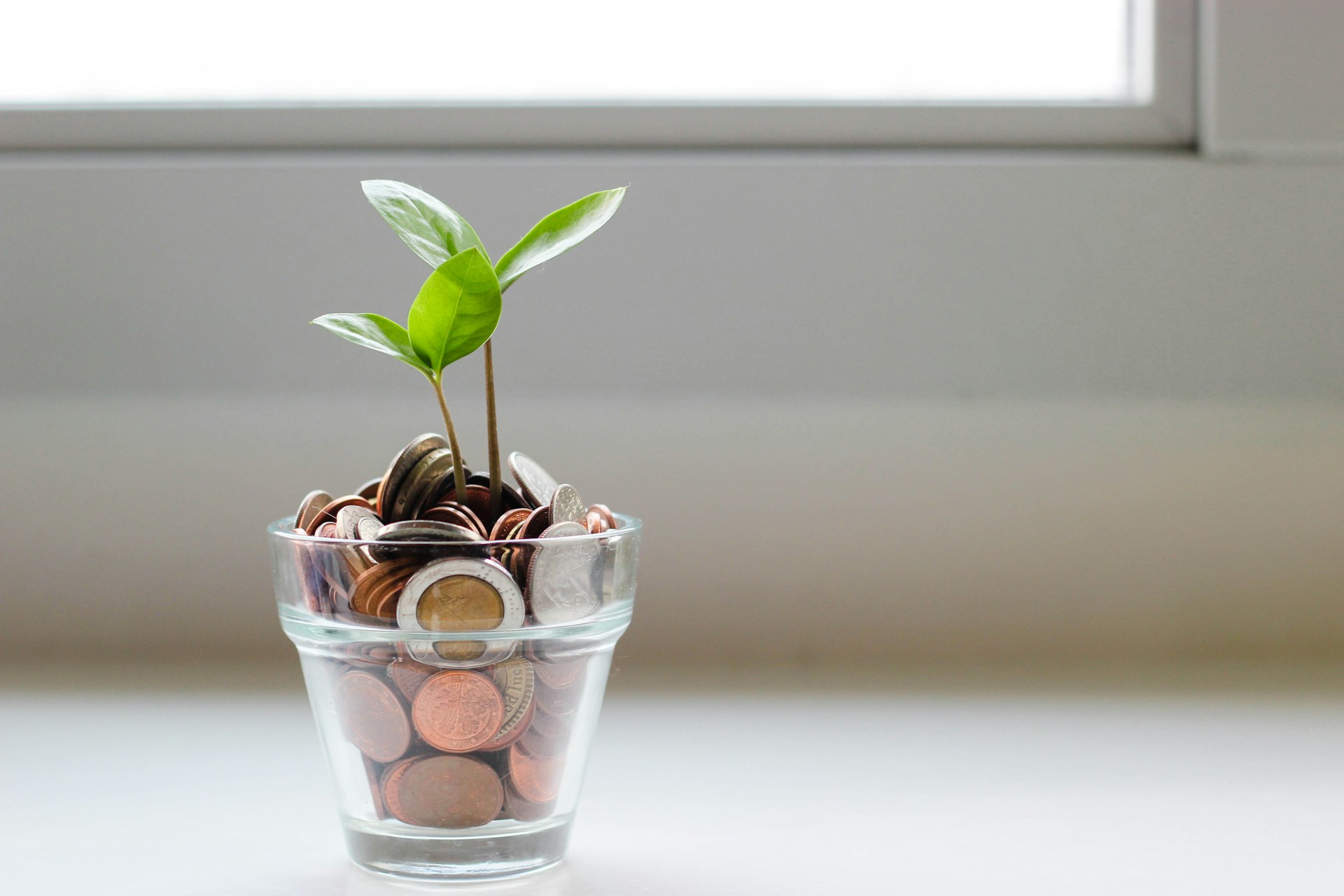If you’re serious about financial freedom, it’s not enough to just make money — you have to save it and grow it. That’s where saving and investing come in.
Many people treat these terms as interchangeable, but they serve two very different purposes. In this post, we’ll break down the key differences, when to do each, and how to get started — even with a small income.
What’s the Difference Between Saving and Investing?
Saving is setting aside money for short-term needs or emergencies. It’s safe, accessible, and earns a small amount of interest (if any).
Investing is using your money to buy assets — like stocks, real estate, or funds — with the goal of growing your wealth over time. It carries more risk but offers higher long-term returns.
When Should You Save?
Saving is ideal when:
- You need money within the next 1–3 years
- You’re building an emergency fund
- You’re saving for predictable expenses (vacation, rent deposit, new laptop)
- You want zero risk of losing money
Where to Save:
- High-yield savings accounts
- Certificates of deposit (CDs)
- Money market accounts
- Digital banks (some offer better rates than traditional banks)
Rule of thumb: Have 3–6 months’ worth of expenses saved for emergencies before you start investing.
When Should You Invest?
Investing is best when:
- You’re planning for long-term goals (5+ years)
- You want to build wealth over time
- You’re okay with short-term market fluctuations
- You’re saving for retirement, a home, or your child’s education
Where to Invest:
- Stock market (ETFs, index funds, individual stocks)
- Retirement accounts (401(k), IRA, Roth IRA)
- Real estate
- Robo-advisors (automated portfolios)
- Investment apps like Robinhood, M1 Finance, or Fidelity
Remember: Investing is not gambling — it’s about patience, consistency, and long-term thinking.
How to Start (Even If You Don’t Make a Lot)
You don’t need thousands of dollars to get started. Try this approach:
- Open a high-yield savings account and build up a $1,000 emergency fund
- Contribute a small amount to a retirement account, even if it’s just $25/month
- Use a micro-investing app like Acorns or Stash to invest spare change
- Automate savings and investing so you don’t have to think about it
- Increase your contributions over time as your income grows
Saving and Investing Work Together
Think of saving as your financial safety net — and investing as your long-term growth engine. One protects you, the other builds for you.
If you only save, you’ll lose money to inflation.
If you only invest without a cash cushion, you may be forced to sell at the wrong time.
The smartest strategy? Do both.
Final Thought
You don’t have to be rich to start saving or investing — you just need to start. Whether it’s $5 or $500 a month, taking consistent steps today will lead to greater freedom and peace of mind tomorrow.
Want to learn how to build your first investment portfolio or find the best savings account for 2025? Stay tuned for our upcoming guides — or drop your questions in the comments.
Form not found or not published.




